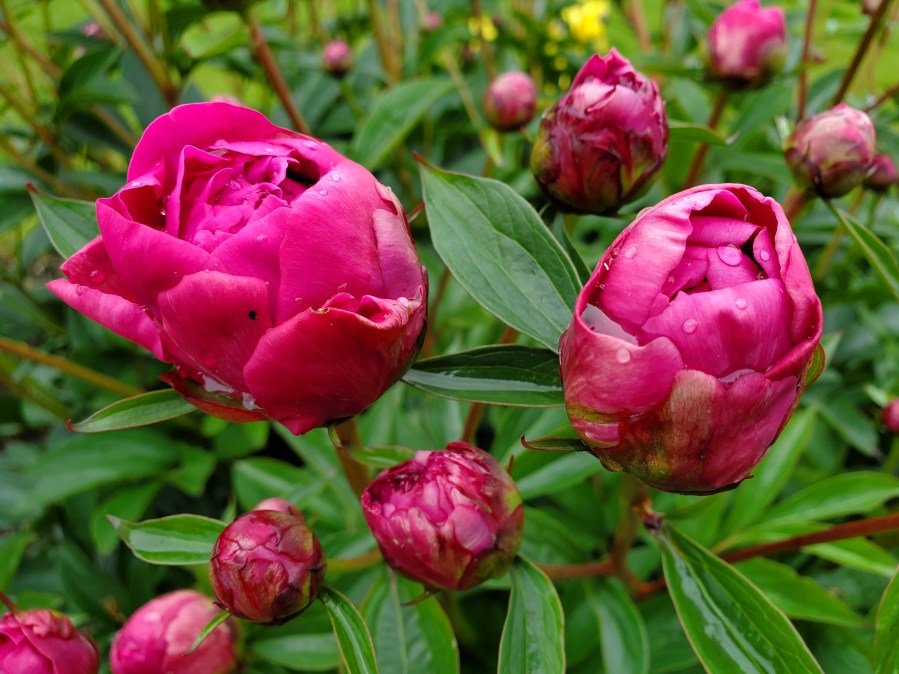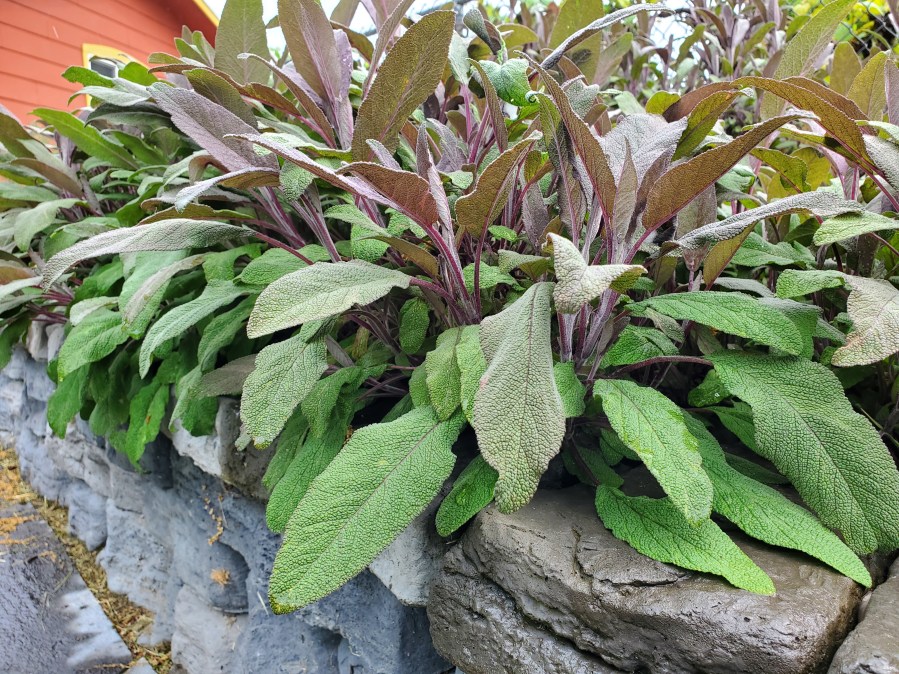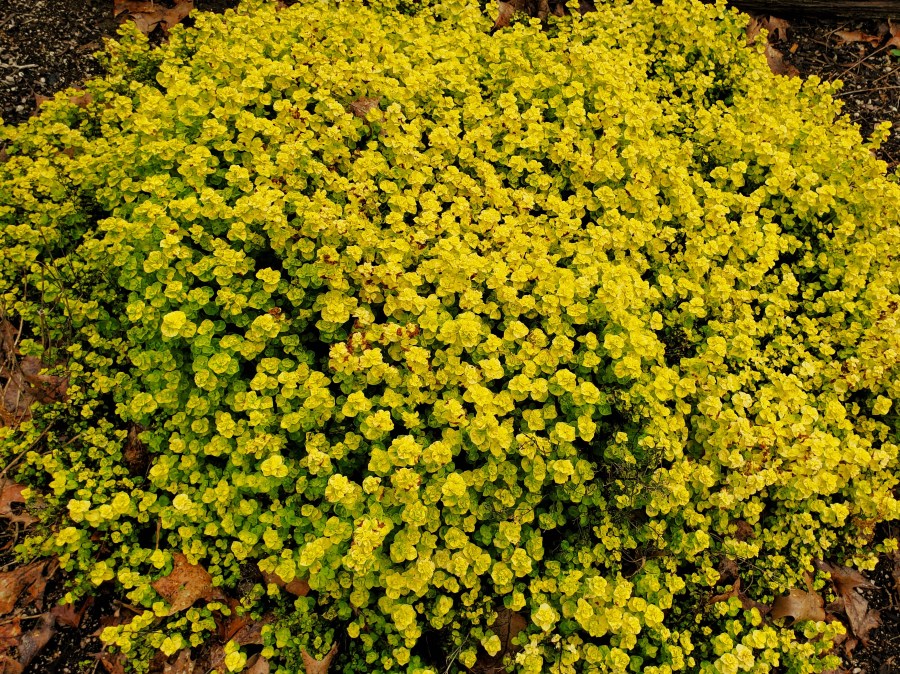CLACKAMAS COUNTY, Ore. (KOIN) — Well-meaning citizens have been swarming the Oregon and Washington agriculture departments with reports of Asian giant hornet sightings. In some cases, people are even sending photos of “murder hornets” they’ve killed. The problem? None of them have actually been the invasive species.
The term “murder hornet” took off online earlier this month, after a New York Times story examining the discovery last year in Blaine, Washington and the effort to stop the species from decimating honeybee populations.
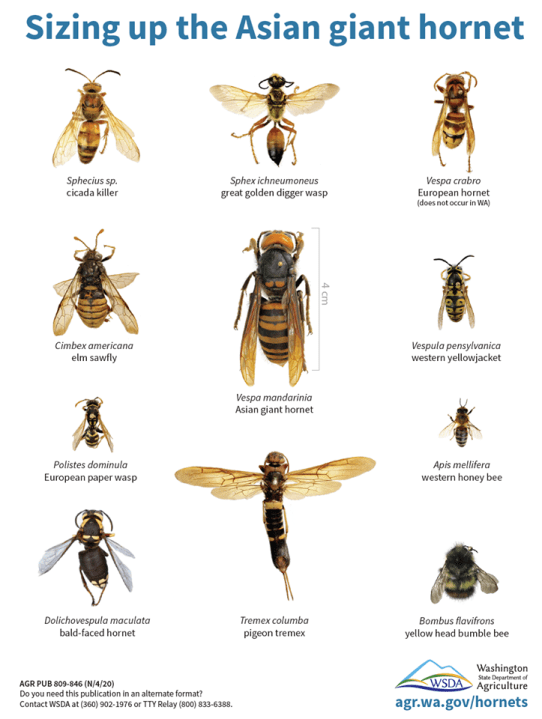
According to experts, the Asian giant hornet is an invasive species that has been found in British Columbia and, more recently, northwest Washington. So far, there’s no evidence the hornets have spread south yet, according to the Washington State Department of Agriculture (WSDA).
Nevertheless, the agency has received hundreds of reports from all over the country, including Oregon, since the Times story ran. None of the bees have been Asian giant hornets, said spokesperson Karla Salp.
“As of now, if you live outside of Washington State the chances of what you are seeing being an Asian giant hornet are virtually zero,” Salp wrote in an email to KOIN 6 News.
Helmuth Rogg with the Oregon Department of Agriculture affirmed that statement, telling KOIN 6 News “the Asian giant hornet is NOT known to occur in Oregon. We have not seen any evidence or have received any images or specimens that confirm the presence here in Oregon.”
That message is being lost on the general public, though. Salp said there has been a lot of “unnecessary fear generated in the media,” especially considering Asian giant hornets are not usually a threat to humans.
Human fear is also turning deadly for innocent bees. Even before the Times article, Salp said people were sending the department pictures of bumblebees they had killed, thinking they might be “murder hornets.”
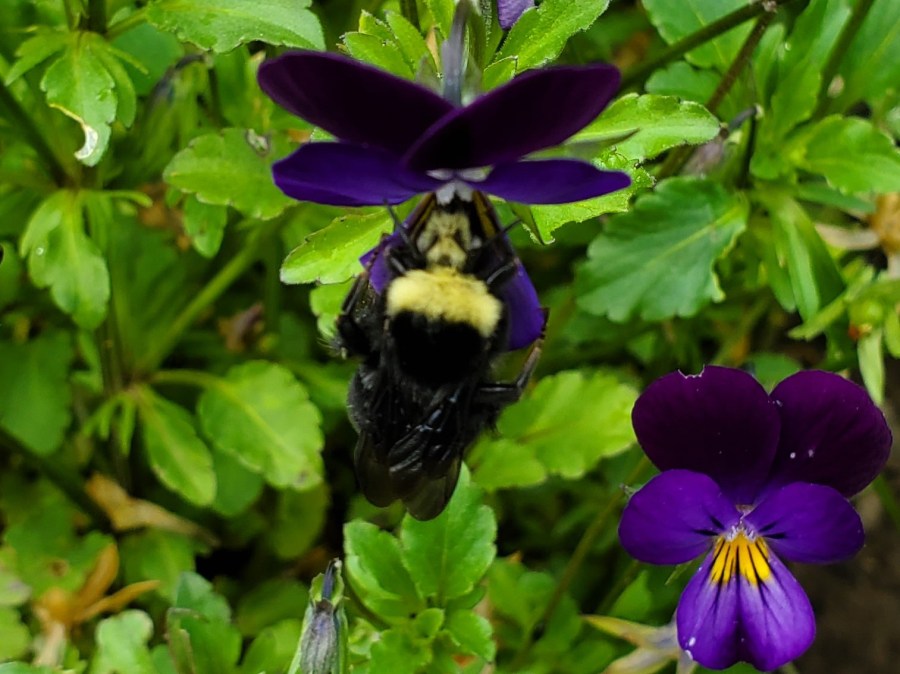
“Instead of killing them, folks should take a photo and submit it to their invasive species council if they think they have seen an invasive species of any kind,” Salp wrote. Report sightings in Washington to the WSDA, and sightings in Oregon to the ODA.
Agriculture officials in both Oregon and Washington are working together to prepare a response plan in case the hornet does spread. However, for the average person concerned about protecting honeybees, there are steps you can take other than trying to hunt an invasive species that probably isn’t even in your area.
Turn your yard, garden or patio into a bee habitat
The easiest – and most enjoyable – thing you can do to help bees is to plant flowers or trees that bloom.
Some varieties that honeybees especially like are pansies, peonies, lavender, zinnias, marigolds, chives, mint and oregano, according to the Honeybee Conservancy.
You should also try to plant flowers that bloom at different times of the year. Early spring blooms help bees that have ventured out of the hive early, and late autumn flowers will give bees one last harvest before hibernation.
You can also create a “bee bath” to give honeybees a place to quench their thirst in your garden. Find a small bird bath or bowl and put a shallow – emphasis on shallow – layer of clean water in it. The Honeybee Conservancy also recommends scattering small stones around that break through the water’s surface, giving the bees a place to stand while they drink.
Also, if you use any pesticides, Salp says make sure to read and follow the label.
“If a pesticide could impact bees or other pollinators, it will have specific instructions about how to use them and minimize any potential impacts to pollinators,” she said.
